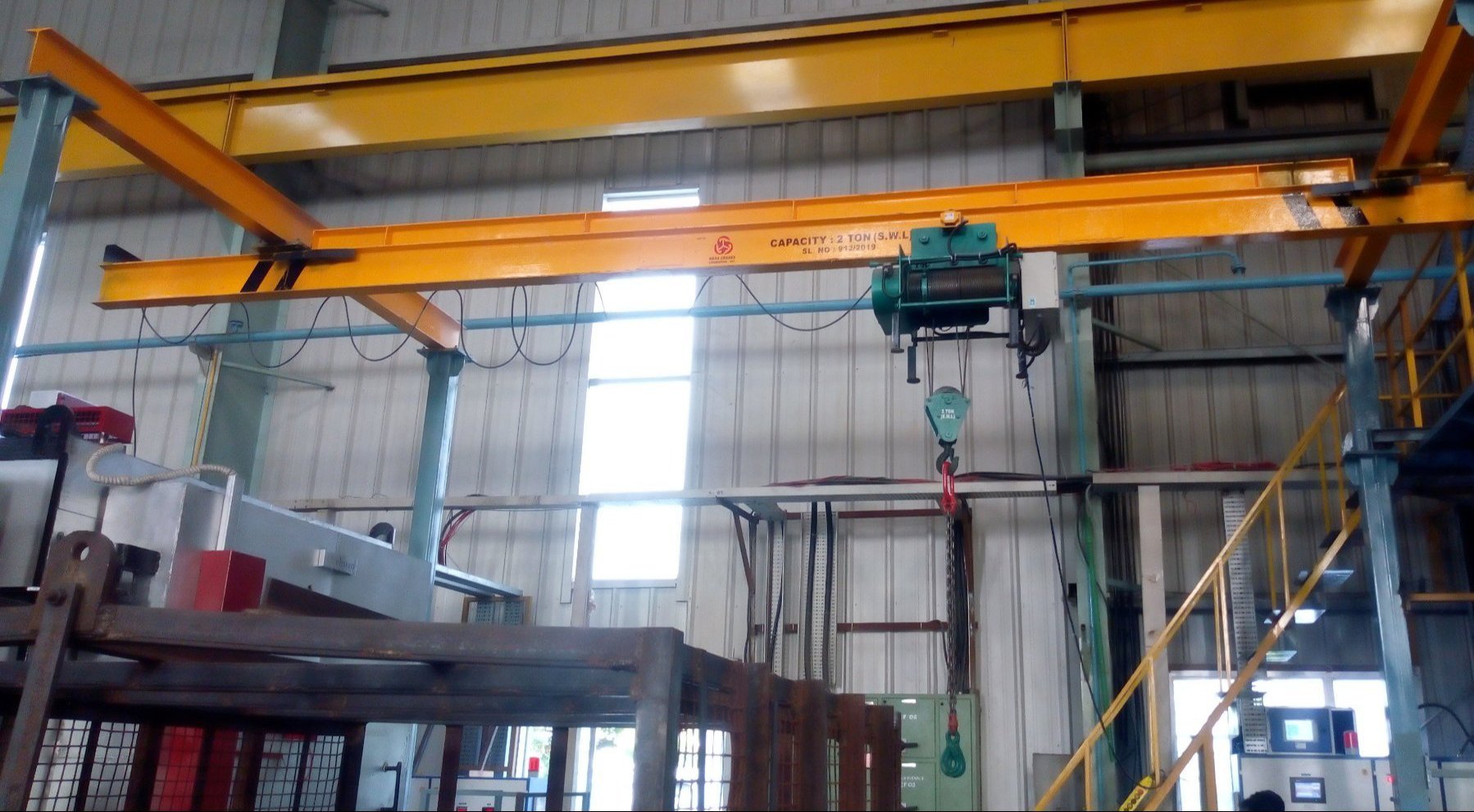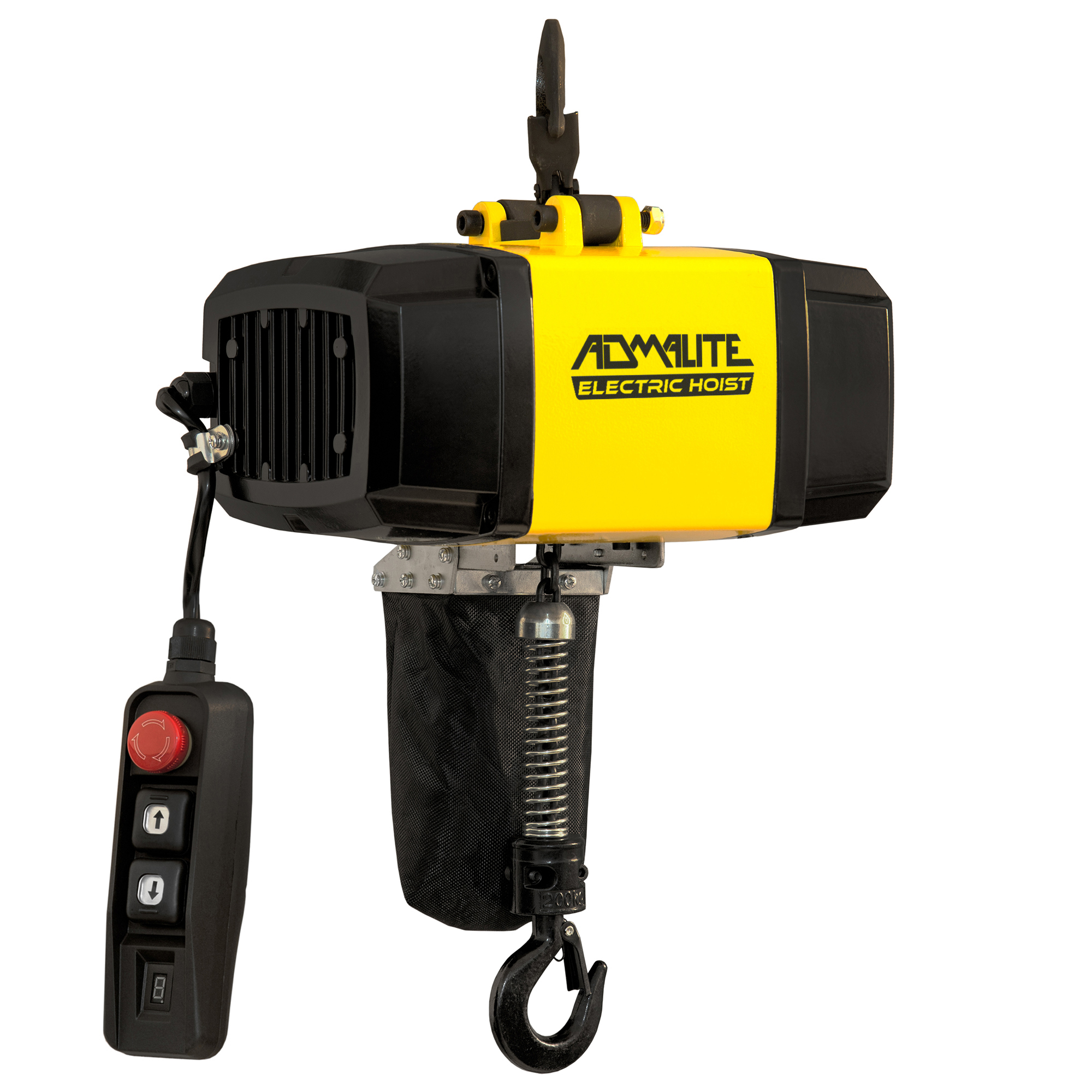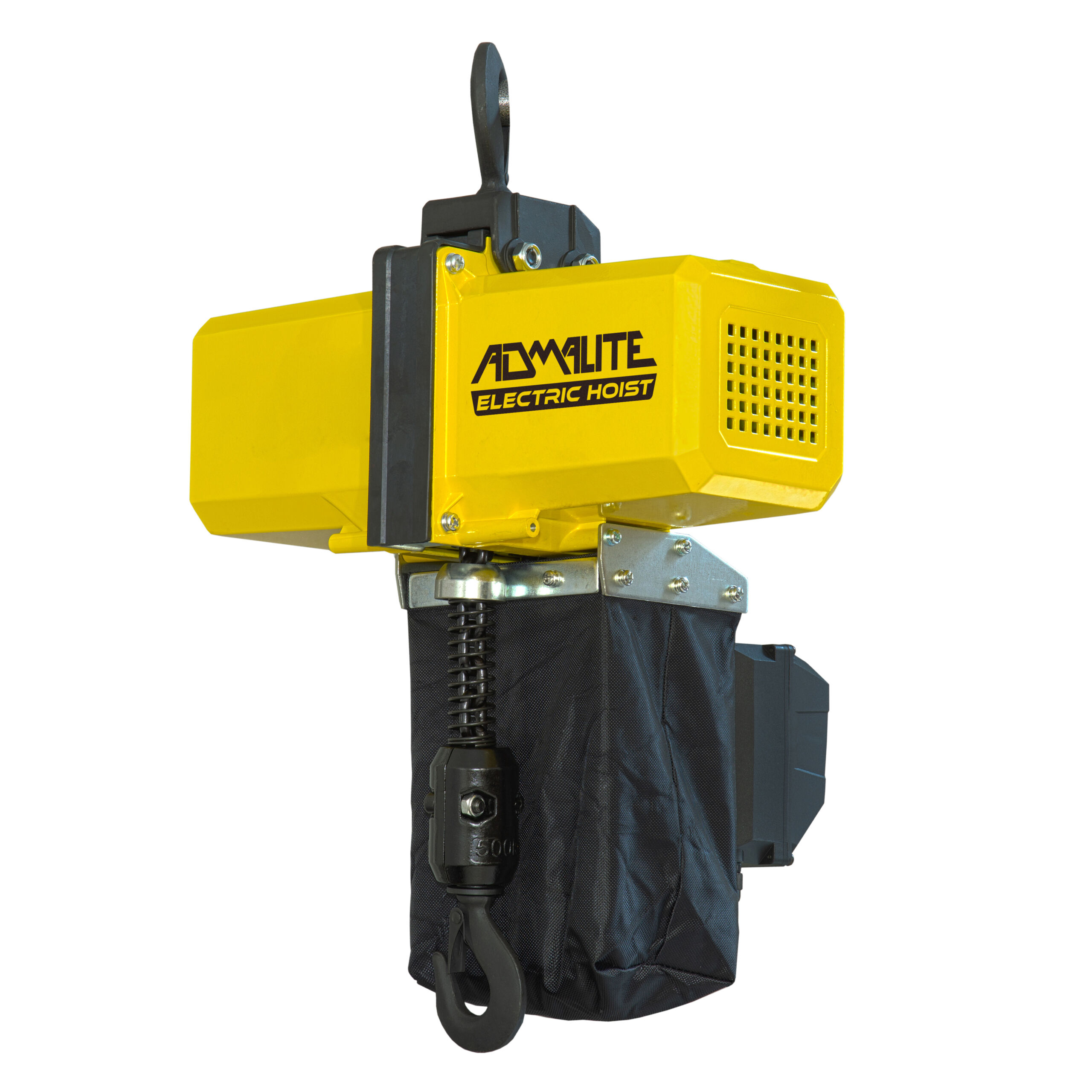Wire Rope Hoist Overview
Are you in search of a robust and efficient lifting solution for your construction or renovation projects? The scaffolding hoist is a vital tool in the construction industry, designed specifically to transport materials and tools up and down a building site with ease. This comprehensive guide explores the key features, benefits, and uses of scaffolding hoists, demonstrating why they are crucial for effective project management.
Note that duty cycles can vary depending on the specific model, as well as the application requirements. It’s important to consult the hoist’s specifications and consult with a qualified engineer to determine the appropriate duty cycle for your specific application.
Key Benefits of Using a Scaffolding Hoist
Scaffolding hoists provide several advantages that enhance efficiency and safety on construction sites:
- Efficient Material Handling: They enable quick and safe transportation of materials to various levels, reducing manual labor and increasing productivity.
- Enhanced Safety: By securely lifting loads, scaffolding hoists minimize the risks associated with carrying materials up and down scaffolding.
- Versatile Applications: Suitable for a wide range of construction activities, from small renovations to large building projects.
- Cost-effective: Reduces the need for additional manpower and speeds up construction processes, cutting overall project costs.
How Does a Scaffolding Hoist Work?
A scaffolding hoist operates using a motorized system that lifts materials from the ground to higher levels of a scaffold. The system typically includes a wire rope or chain, a hoist, and a scaffold attachment, ensuring stability and security during operation. Operators can control the hoist from the ground or the scaffold itself, allowing for flexibility and precise placement of materials.
Selecting the Right Scaffolding Hoist
When choosing a scaffolding hoist, consider the following features to ensure you select a model that meets your project’s needs:
- Load Capacity: Opt for a hoist with the capacity to handle your heaviest materials.
- Lifting Speed: A faster hoist can increase work efficiency but ensure it also has robust safety features.
- Durability: Look for hoists made from high-quality materials able to withstand the rigors of a construction site.
- Ease of Use: Ensure the hoist is user-friendly with intuitive controls and clear safety instructions.
Common Uses of Scaffolding Hoists
Scaffolding hoists are indispensable in many construction scenarios:
- Building Construction: Transporting bricks, mortar, and tools to workers at higher levels.
- Facade Renovation: Lifting materials like glass panels, frames, and façade elements.
- Roofing and Masonry Work: Moving roof tiles, shingles, and masonry tools to the required heights.
- Painting and Decorating: Elevating paint cans, brushes, and decorating materials.
Safety Tips for Operating a Scaffolding Hoist
Proper operation and maintenance are key to maximizing the safety and longevity of your scaffolding hoist:
- Regular Inspections: Perform routine checks to identify and fix any potential issues.
- Operator Training: Ensure operators are fully trained and aware of safety procedures.
- Load Guidelines: Never exceed the recommended load capacity to avoid overloading the hoist.
- Secure Operations: Always confirm that the load is securely attached and stable before lifting.
Choosing a Reputable Manufacturer
Investing in a scaffolding hoist from a trusted manufacturer ensures reliability and quality. Top brands known for their robust construction and innovative designs include:
- Beta Max: Known for high-speed, reliable hoists.
- Admalite: One of the best scaffolding hoist providers in the US.
- Alimak: Offers a variety of hoists renowned for their durability and safety.
- Geda: Specializes in construction hoists with advanced safety features.
- Sky Climber: Known for customizable hoist solutions suitable for all types of scaffolding.
Maintenance and Care
Maintaining your scaffolding hoist is crucial for its performance and safety:
- Frequent Lubrication: Ensure moving parts are well-lubricated to prevent wear and tear.
- Regular Cleaning: Keep the hoist clean from debris and dust that could impair its function.
- Proper Storage: Store the hoist in a dry, secure place when not in use to avoid environmental damage.
Conclusion
A scaffolding hoist is an invaluable tool for any construction or renovation project, offering a safe and efficient way to handle materials on site. By understanding the capabilities, safety features, and maintenance needs of scaffolding hoists, you can choose and operate one that significantly enhances your project’s efficiency and safety.
FAQs
Regular maintenance includes lubrication, cleaning, and routine checks for any signs of wear or damage. Proper maintenance ensures the hoist operates safely and efficiently.
Factors to consider include load capacity, lifting speed, build quality, and ease of operation to ensure the hoist meets your specific project requirements.
Depending on the model, scaffolding hoists can typically lift between 100 to 2000 kg, catering to a variety of construction needs.
By reducing the need to carry heavy loads manually, scaffolding hoists decrease the risk of falls and injuries, ensuring a safer work environment.
A scaffolding hoist is a motorized device used to lift materials and tools vertically within a scaffold setup, enhancing safety and efficiency on construction sites.
A duty cycle table for an electric wire rope hoist outlines the recommended usage time and rest periods for the hoist to ensure safe and efficient operation. The chart and table below provide an example of a duty cycle table for a wire rope hoist:
DUTY CYCLE PERCENTAGE
Cycle table
| Duty Cycle | Usage | Time |
|---|---|---|
| 25% | Infrequent | Up to 15 minutes per hour |
| 50% | Regular | Up to 30 minutes per hour |
| 75% | Frequent | Up to 45 minutes per hour |
| 100% | Continuous | Continuous use |
Note:
Duty cycles can vary depending on the specific model and manufacturer, as well as the application requirements. It’s important to consult the hoist’s specifications and consult with a qualified engineer to determine the appropriate duty cycle for your specific application.
OTHER SERVICES
ADMALITE provides a range of services, including installation, maintenance, repair, load testing, customization, upgrades, consultation, replacement parts, and emergency callouts, ensuring their customers’ equipment operates safely and efficiently.
QUALITY GUARANTEE
UL Certification is a globally recognized standard for safety and quality assurance. UL Certification ensures that products and systems meet stringent safety requirements and comply with industry standards.
In the case of ADMALITE, their compliance with UL508A standards for industrial control panels ensures that their products are safe, reliable, and comply with industry standards, giving their customers peace of mind and confidence in the quality of their products.
FREE QUOTE
Do you need help finding out the right hoist? Fill out this form to get in touch.







